Dentures, as an essential part of dental restoration, are artificial devices used to replace missing or damaged teeth. Dentures not only restore the function of the mouth but also significantly improve a patient’s appearance and confidence. With the continuous development of dental technology, the craftsmanship of dentures has undergone significant changes, from traditional handcrafting to modern digital design and fabrication.
This article will explore various aspects of denture craftsmanship, including the types of dentures, the fabrication process, materials used, the evolution of techniques, and the applications of denture craftsmanship in dental restoration. By reading this article, readers will gain a comprehensive understanding of the core elements of denture craftsmanship and the future trends in this field.
1. Definition and Classification of Dentures
Dentures refer to artificial teeth used to replace missing teeth due to damage, disease, or accidents. The primary function of dentures is to restore the chewing function, pronunciation, and aesthetics of the patient, while also preventing other teeth from shifting and the further resorption of the jawbone. Based on their functionality and method of fixation, dentures are generally divided into several categories:
1.1 Complete Dentures
Complete dentures are restorations designed for patients who have lost all of their teeth in either the upper or lower jaw. Complete dentures not only restore chewing function but also improve facial appearance by preventing facial collapse. Traditional complete dentures are made through impression-taking, wax modeling, processing, and final trial fitting.
1.2 Partial Dentures
Partial dentures are used for patients with missing teeth in specific areas. These dentures are typically fixed onto existing natural teeth or dental implants to fill in the gaps. Partial dentures can be designed as fixed (such as dental bridges) or removable. Removable partial dentures usually consist of a metal framework that connects to the remaining teeth or dental implants.
1.3 Fixed Bridges and Implant Dentures
A fixed bridge replaces missing teeth by attaching to adjacent natural teeth with metal or ceramic materials. Implant dentures involve embedding a titanium-based implant into the jawbone and placing artificial teeth on top. Implant dentures are closer in function and appearance to natural teeth and provide a more stable and durable solution.
1.4 Immediate Dentures and Temporary Dentures
Immediate dentures are temporary restorations that are placed immediately after tooth extractions to maintain function and appearance. Temporary dentures are used as a transitional restoration while the final restoration is being made.
2. The Evolution of Denture Craftsmanship
Denture craftsmanship has a long history and can be traced back to ancient civilizations. With the development of dental technology and material science, the techniques used to create dentures have undergone radical changes.
2.1 Ancient Dentures
In ancient times, dentures were often made from materials such as bone, wood, ivory, and metals. For example, ancient Egyptians used animal teeth or metals to create artificial teeth. As early as around 2000 BC, the Romans were using metal wires to secure false teeth. In the Middle Ages, dentures were typically made for the wealthy or aristocratic classes, using ivory or gold as materials.
2.2 Modern Dentures
In the late 19th and early 20th centuries, with the advancement of modern dental technology, the production of dentures began to become more scientific and standardized. Materials like porcelain and metal alloys became widely used, while silicone and acrylic resins were also incorporated into denture fabrication.
The 1960s saw a technological revolution in dental materials, introducing more durable and aesthetically pleasing options. Plastic and ceramic materials began to be widely used in denture fabrication. At the same time, digital technologies began to influence denture design and production.
2.3 Contemporary Denture Craftsmanship
The most significant feature of modern denture craftsmanship is the application of digital technology. The introduction of Computer-Aided Design (CAD) and Computer-Aided Manufacturing (CAM) has made denture design and production more precise and personalized. Additionally, the use of 3D printing technology has provided more convenient and accurate solutions for denture fabrication.
3. Basic Steps in Denture Fabrication
The process of creating dentures involves several stages, each of which requires strict adherence to standard procedures to ensure the final restoration is of the highest quality. Below are the main steps in denture fabrication:
3.1 Initial Examination and Diagnosis
The first step in denture fabrication is a thorough oral examination and diagnosis by the dentist. The dentist will assess the patient’s oral health status, including remaining teeth, jawbone shape, occlusion, and other factors. During this stage, the dentist will also discuss the treatment plan with the patient to understand their needs and expectations.
3.2 Impressions and Tooth Design
Impression-taking is a crucial step in denture fabrication. The dentist uses specialized impression materials (such as silicone or polyether) to create a mold of the patient’s mouth, ensuring an accurate representation of the oral cavity. The dental technician then creates a plaster model from the impression, which is used to design and create the initial denture framework.
3.3 Framework Design
For partial dentures or fixed bridges, the framework design is a critical step. The framework is usually made from metal or resin materials, and the design must consider factors such as the patient’s tooth position, oral structure, and occlusion.
3.4 Model Adjustment and Try-In
After the initial denture framework is completed, the dentist will conduct a try-in to check the comfort, occlusion, and appearance of the denture. During this phase, the dentist may need to adjust the denture to ensure it fits properly and meets the patient’s needs.
3.5 Final Fabrication and Installation
Once all adjustments are made, the dental technician fabricates the final denture using the selected materials. The final denture is then fitted and adjusted by the dentist to ensure it is stable, comfortable, and functioning properly.
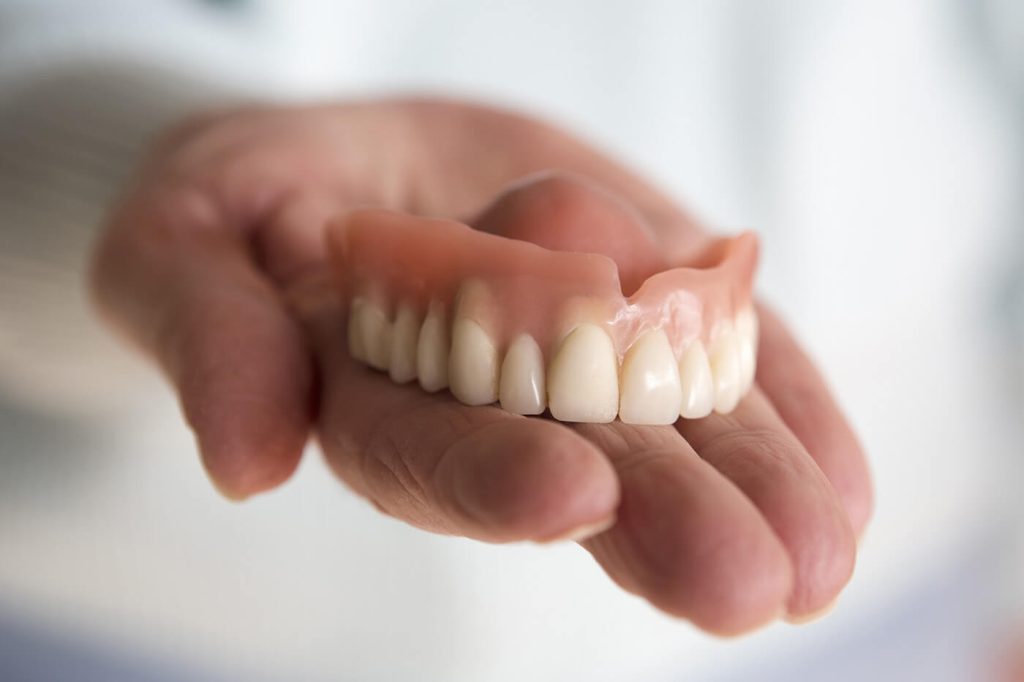
4. Materials Used in Denture Craftsmanship
Materials play a crucial role in denture fabrication, as they directly affect the comfort, functionality, and durability of the dentures. With technological advancements, denture materials have evolved from traditional metals to modern ceramics, composite resins, and biocompatible materials.
4.1 Metal Materials
Metal materials such as stainless steel, titanium alloys, and gold alloys were traditionally used for denture frameworks and fixed bridges. Metal dentures are durable and strong, but they are not as aesthetically pleasing as ceramics. Metal materials are commonly used in the structural parts of dentures where strength is required.
4.2 Ceramic Materials
Ceramic materials, especially porcelain and ceramic-fused-to-metal (PFM), are widely used for the aesthetic parts of dentures. Full-ceramic dentures provide excellent aesthetic results due to their ability to mimic the color and translucency of natural teeth. These materials are often used for restoring anterior teeth.
4.3 Composite Resin Materials
Composite resins are aesthetically pleasing materials with good biological compatibility. They are often used for temporary dentures or fillings but are less commonly used for long-term restorations due to their lower strength compared to metals or ceramics.
4.4 Biocompatible Materials
Modern denture craftsmanship increasingly focuses on the use of biocompatible materials, especially in implant dentistry and root canal treatments. Titanium and bio-ceramic materials are commonly used for implants due to their excellent biocompatibility, strength, and corrosion resistance.
5. Digital Technology in Denture Craftsmanship
With the continuous progress in technology, digital techniques have become widely used in denture fabrication, particularly with the integration of CAD and CAM technologies. These technologies allow dental professionals and technicians to design and fabricate dentures with greater precision and customization.
5.1 CAD/CAM Technology
CAD technology enables dental professionals to design dentures using computer software, allowing for precise control over the shape, size, and structure of the restoration. CAM technology converts the design into a physical model, which can be used to create the denture. This combination of CAD and CAM significantly enhances the accuracy and efficiency of denture fabrication, reducing human error and improving outcomes.
5.2 3D Printing Technology
3D printing technology is a recent innovation in denture fabrication. By combining 3D printing with CAD software, dental technicians can create highly accurate denture models in a short amount of time. Compared to traditional methods, 3D printing offers greater precision, faster production times, and reduced material waste.
5.3 Digital Impressions
Digital impression-taking technology uses intraoral scanners instead of traditional impression materials, allowing for rapid, accurate capture of the patient’s oral cavity in 3D. This technology improves production efficiency and enhances patient comfort during the impression-taking process.
6. Future Trends in Denture Craftsmanship
As technology continues to advance, denture craftsmanship is expected to become more personalized, precise, and intelligent. The further application of digital technologies, the development of new materials, and the introduction of minimally invasive techniques will make dentures even more perfect in the future.
6.1 Fully Customized Dentures
In the future, we expect to see a shift toward fully customized dentures tailored to the individual needs of each patient. Digital technologies, combined with advanced materials, will allow for dentures that more accurately mimic the natural appearance, structure, and function of teeth.
6.2 Artificial Intelligence Integration
AI integration into the design and manufacturing process could further improve the customization and optimization of dentures. AI systems could help design dentures that provide better fit and function based on detailed 3D scans of a patient’s oral anatomy.
6.3 Improved Materials
Ongoing research into materials science will likely lead to the development of new, more durable, aesthetic, and biocompatible materials for dentures. These materials may offer better resistance to wear and tear, more natural aesthetics, and improved patient comfort.
7. Conclusion
Denture craftsmanship is a central aspect of dental restoration. From traditional
handcrafting to modern digital design and manufacturing technologies, denture techniques have undergone remarkable changes. Today’s dentures not only offer better precision, comfort, and aesthetics but can also be customized to meet the unique needs of each patient. With technological advancements, future dentures will be even more intelligent and personalized, providing patients with an improved treatment experience and enhanced quality of life.


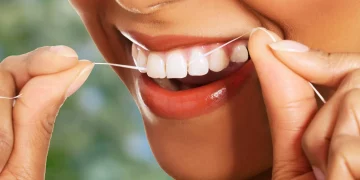




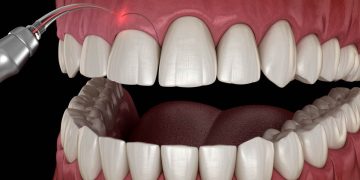
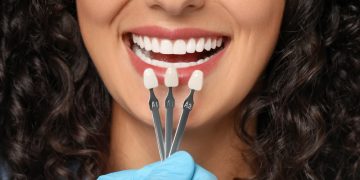
















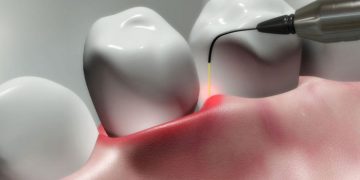


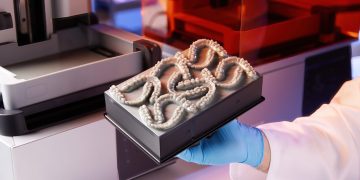

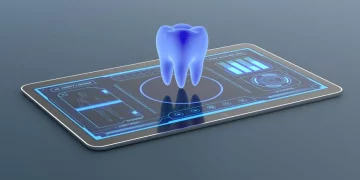














Discussion about this post